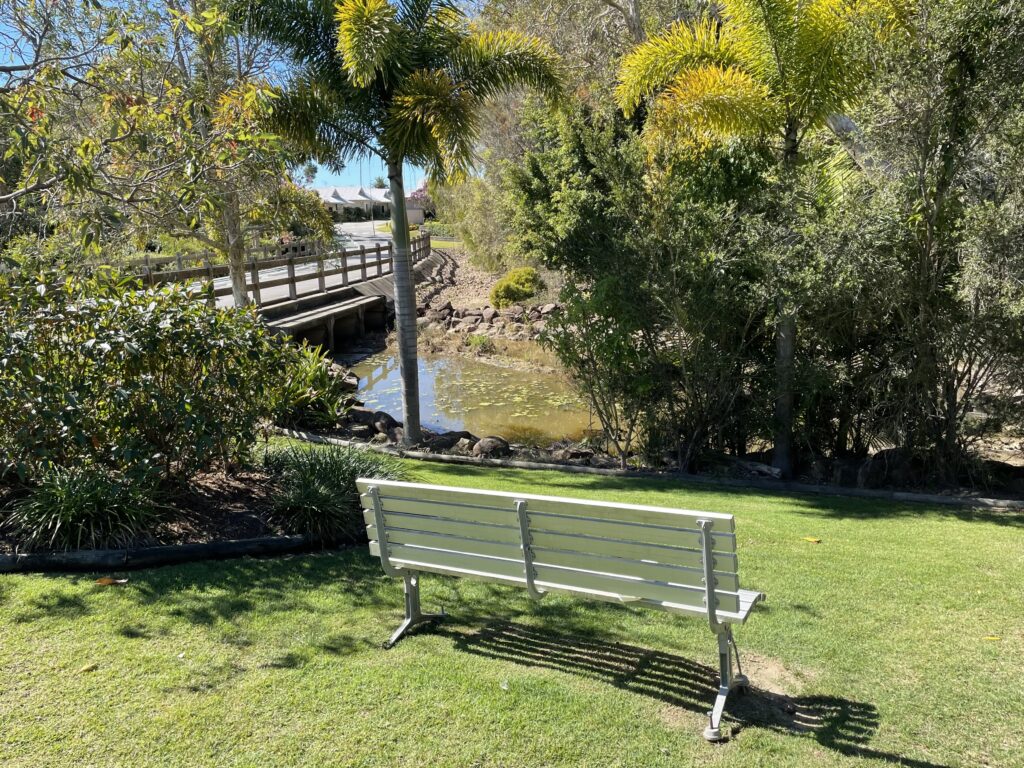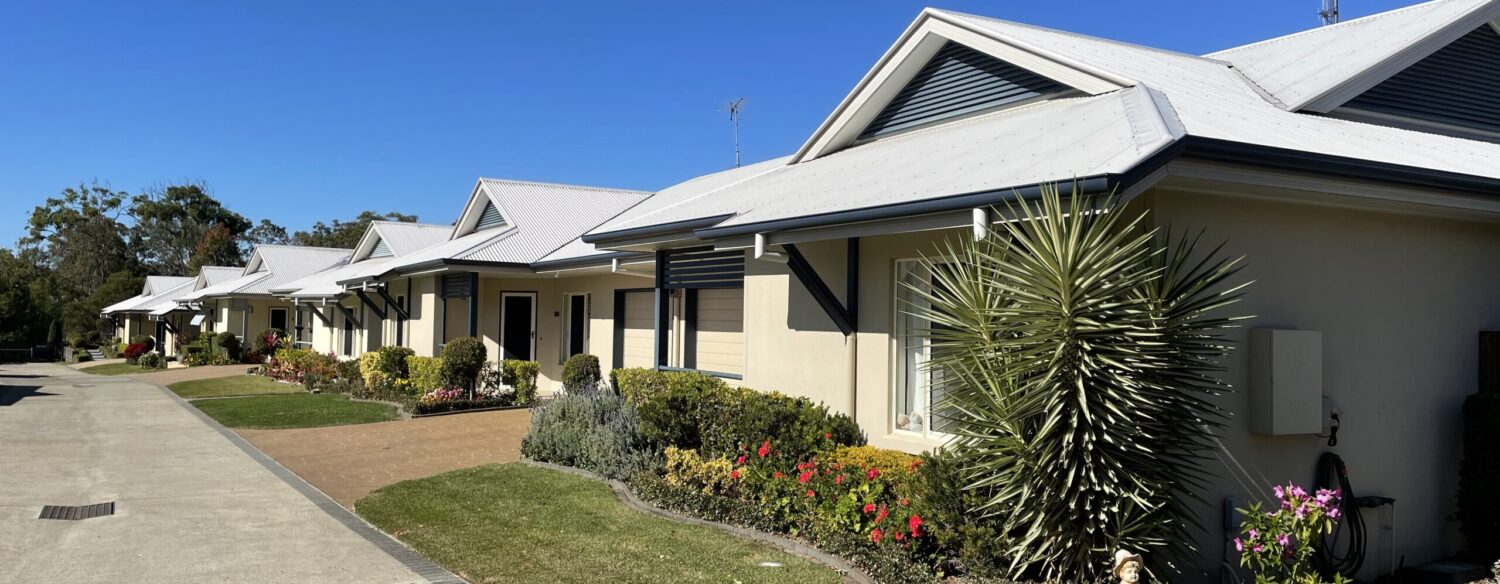Seeing the Value of Retirement Village Living
Exactly fifty-one years ago (1972), in the early hours of a late winter August morning in Australia, three of us in our twenties boarded a plane in Melbourne and travelled halfway across the world in pursuit of a vision: to study at Ambassador College in Bricket Wood, England, a small private liberal arts college. Leaving everything behind, we each travelled with not much more than two suitcases. This marked a significant life transition.
A new life awaited us in the idyllic, country campus setting of Ambassador College in Bricket Wood, which was in Hertfordshire. For a young person at the time, it was life par excellence: classes from dedicated faculty in the morning, campus work opportunities with fellow students in the afternoon, camaraderie in the evenings, and a host of meaningful activities throughout the year. It was a delightful lifestyle within the campus community!
In reality, our lives are characterized by many transitions. Now, over fifty years later, another life transition is beckoning my wife, Eva, and me.
I am yearning to return to a lifestyle marked by greater simplicity, spiritual meaning, and service — with time for reading, reflection, and meditation. This way of living would include a healthy lifestyle and ideally be in a setting with people going through similar age-related challenges of life.
To fulfill this desire, Eva and I are seeing the value of living in a well-chosen retirement village. Understandably, this choice is not for everyone (and there are various retirement living options). For us, however, without having had children, there are benefits in being a part of a village community.
In case anyone else is contemplating such a decision, here are ideal factors to consider in selecting a retirement village:
Location: A village location with easy access to public transport, shops, and other amenities (such as library, restaurants, cinemas, health services).
Setting: A well-planned village where the natural environment has been retained, and includes gardens, native bushland, waterways, and pathways for walking.
Layout: A village with an inviting and practical layout, enhancing the day-to-day community living experience.
Homes (units or villas): Well-designed and purpose-built homes that positively impact mental and emotional well-being.
Maintenance: Home maintenance, such as repairs and gardening taken care of by village staff, saving precious time for residents.
Quality of life: Having time to devote to activities that bring meaning, satisfaction, and joy in life – rather than, for example, spending a lot of time on home/property maintenance and upkeep, at a time in life when one’s overall energy level is less than people in their 40s or 50s.
Engaging social activities: Having a Leisure Centre which offers spaces to be creative or to socialise, such as craft, card-making, floral art, Mah Jong, poetry circle, scrapbooking, singing group, or woodcarvers – as well as opportunities for outings, travelling in a village coach.
Community: Becoming part of a nurturing community of people who are still able to be active in life (for the most part), thereby reducing loneliness or depression that can come in living alone or isolated.
Independent living: Companionship and support of others of similar age, while maintaining whatever level of personal independence and freedom is desired.
Support during grieving: Loving and compassionate personal support offered by friends in the community during the grieving process after the death of one’s spouse.
Exercise opportunities: Exercise programs, such as tai chi, table tennis, bowls, croquet, or yoga, and possibly an in-door pool and/or gymnasium, helping to promote good physical health and mental well-being.
Travel: Freedom to travel without concerns about home security, house-sitters, maintenance, and gardening.
Security: Physical security in the form of appropriate, but not overbearing, gates, security cameras, security screens, etc.
Peace of mind: Further security in the form of well-meaning, reliable, and trustworthy neighbours who keep an eye out for each other.
Additional assistance: Availability of further help, if needed, through outside agencies providing services such as cleaning, meals, transport, or shopping.
Village medical services: Visiting health and medical services to the village (such as doctors, podiatrists, massage therapists, and other specialists), with less need for travelling to outside health clinics.
Off-site medical services: Easy accessibility to needed outside medical services, such as hospitals and high-care facilities.
Age, health, and timing: Confidently knowing that a move into a retirement village is feasible, and has not been left too late due to age and health factors.
With the rising population of over-65s, retirement villages are in high demand in this part of the world – there are more than 2,300 retirement villages in Australia. As one example, the following website features a retirement village in our area on the bayside of Brisbane — the website also has helpful resources regarding retirement living in general: https://www.renaissancerl.com.au/.
Attending the small liberal arts college in Bricket Wood, England, was a major transition in my life. Now, over fifty years later, Eva and I are about to embark on another significant transition and turning point in our lives – to live in a retirement village. A number of visitors to this website may well be facing a similar crossroad in their lives. May we each pursue what is best for our lives at this time.
Alexander and Eva Peck
August 22, 2023
(Thornlands, Queensland, Australia)

on life’s purpose.
